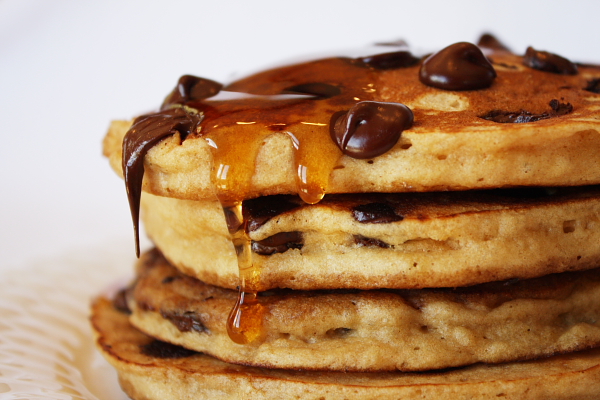One development in neuroimaging research that everyone should be aware of is the advent of Brain Imaging Data Structure (BIDS). This was intended to correct the old ad hoc way of organizing data, which back in the day meant doing whatever the hell you wanted. No organizing scheme was too hare-brained; no folder labels were too outlandish. Here is a sample of what such a scheme looked like during those benighted times; read, and despair:
BrainData
OnsetTimesRevised
MyFirstAnal
GroupAnal
These names, which I definitely did not use during my post-graduate years, are not only ambiguous, but can mislead. For example, MyFirstAnal (which, for the record, is shorthand for “Analysis” (I hope)) clearly contains some kind of analysis; but which one, and why is it the first? How many did the researcher go through before hitting upon the one that worked, and which ones were used for the GroupAnal(ysis)?
With such harum-scarum labels, slip-shod and slap-dash, as well as many other denigrating hyphenated words whose very structure seems destined to denote confusion and general sloppiness, it is no wonder that back then so many people were stressed out, perplexed, and angry; unlike today, in which everything is neatly organized, clean, and well-run, and researchers are consequently pleasant and amiable. It is a wonder our forebears were able to do anything at all; and it may be safely assumed that everything written, thought about, or said up until about five years ago is rubbish. Under the new dispensation, we have finally found truth.
What brought about this change? About a decade ago during a meeting at the Organization for Human Brain Mapping conference, a group of researchers met to discuss whether data organization could be standardized; the welter of idiosyncratic names would be unknotted, the babel of languages would be reduced to one, and everybody could communicate more clearly. Reading another’s code would be much easier, and applying someone else’s script would require only minor edits to the file names; the rest of the folders would more or less be the same. No longer would the message board moderators at AFNI suffer apoplectic shock when trying to decipher a block of code rendered unintelligible by a naming scheme both deeply personal to the creator and utterly baffling to the outsider. Everything would be streamlined, simplified, and easy to understand.
Years later, their efforts have been fruitful, with BIDS widely adopted by a variety of data repositories and software analysis packages. For example, any data organized in BIDS format can be read and imported by the CONN toolbox, and this process takes considerably less time than doing it manually, as well as reducing the potential for human error; a website like OpenNeuro.org requires any uploads to be in BIDS format, and instructors who use it for courses or workshops can rest assured that their scripts should work for nearly anyone; preprocessing pipelines such as fMRIPREP require BIDS format, and it is likely that any new tool or software package intended for a wide audience will have to adopt it as well.
Although the use of BIDS may seem irresistible, there will always be some disaffected researchers who kick against it. Who came up with this convention, they say, and why should everybody have to use it? Virtually all labs have had their own way of doing things since their inception, and some may see no reason to change. Moreover, some people may simply not like the way that BIDS is laid out, and they may have legitimate grievances about the naming conventions. One size does not fit all, they say, and by having so many websites and software packages not only encourage but require BIDS, this in effect forces a kind of monopoly on the marketplace of neuroimaging research - one that they neither wanted nor asked for.
These complaints are valid, but at the end of the day, BIDS was not created to cause difficulties or confusion for anyone; it was a response to a long-standing, general level of discontent with how data was organized. At last a group of people decided to address it, and the rapid and widespread adoption of their standard indicates that many people agree with the severity of the difficulty and the usefulness of the proposed solution. Whether you agree with it or not, it looks like it’s here to stay, and the modern researcher needs to know how to convert their own data into BIDS, and how to use BIDS data from other groups. Such is the evolution of any professional field, and the modern researcher must adapt.
More details about the history of BIDS can be found in the preprint, which has been accepted for publication and should be available soon.







